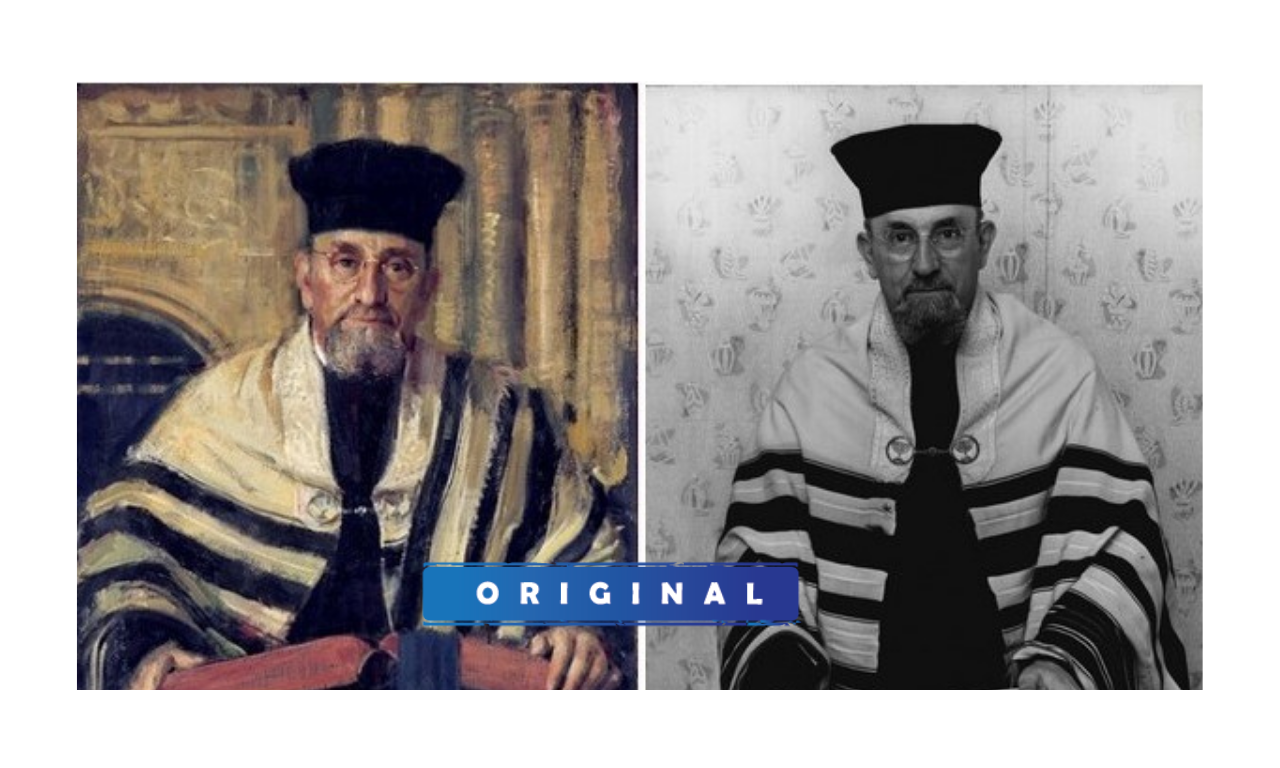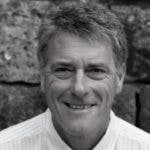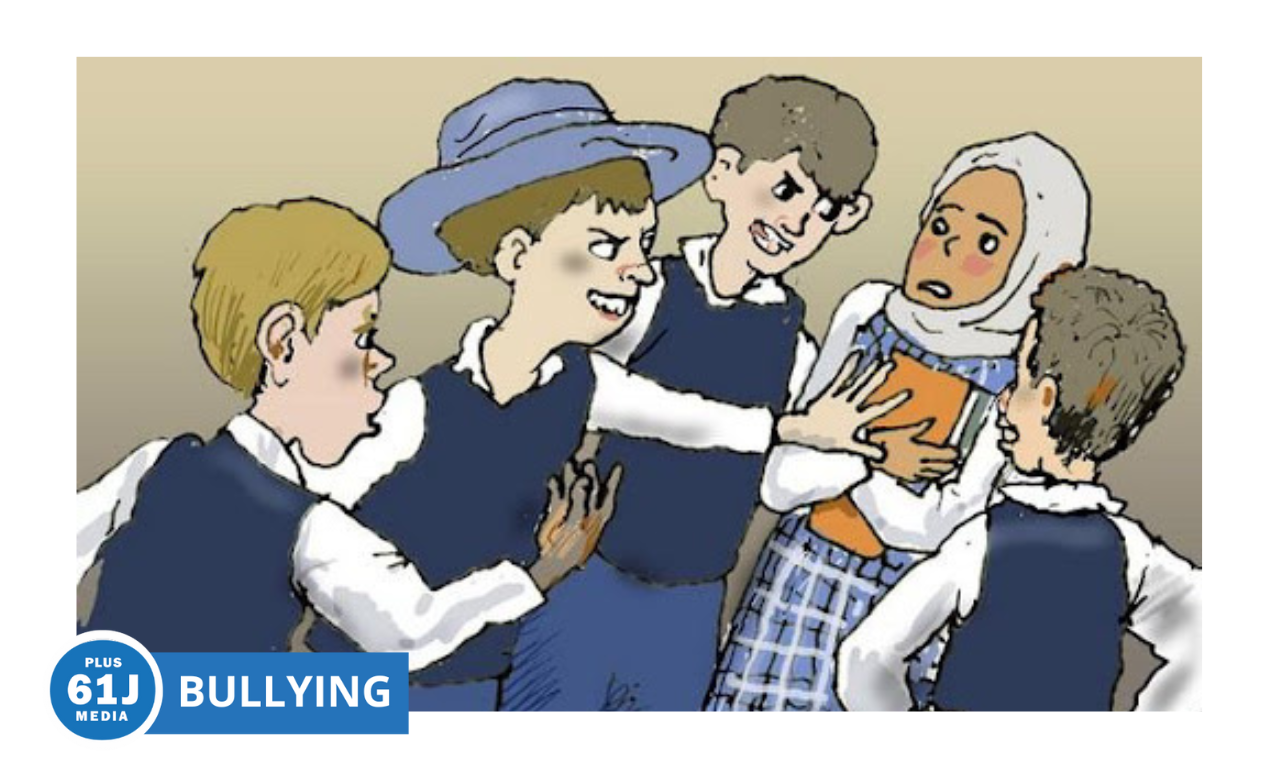Published: 24 June 2021
Last updated: 4 March 2024
As Australia’s most famous art prize celebrates its centenary, STEVE MEACHAM explores the history of Jewish sitters and artists who have made the headlines
AUSTRALIA’S OLDEST AND MOST prestigious portraiture prize - the Archibald - has never been a stranger to controversy. So it was 60 years ago when the portrait of Rabbi Dr Israel Porush by WE Pidgeon - better known then as the cartoonist/illustrator “Wep” - won the 750 pound prize, compared to the $100,000 for Peter Wegner’s winning depiction of fellow artist and centenarian Guy Warren this year.
In 1961, the Sydney Morning Herald published a story by “our art critic” dismissing Wep’s work as “tame, conventional, a mediocrity, merely dull … it has no attitude, no style … a completely pedestrian level of achievement”.
Interestingly, the anonymous critic felt the portrait by Jewish artist Judy Cassab of ballet dancer Sir Robert Helpmann was far superior, though he was unable to resist a snarky jibe.
“A marked improvement on her previous attempts”, the critic wrote, knowing that the year before, 1960, the Holocaust survivor had become only the second woman after Nora Heysen to be awarded the prize.
As for the winning work on Porush, the critic failed to acknowledge the social significance of the portrait.
Yes, it’s yet another depiction of a white middle-aged man, dressed in the ceremonial robes of his office like the vast majority of the portraits that have won the Archibald in its 100-year history.
Yet Wep’s portrait was significant because it celebrated the life of the man then known as “Australia’s uncrowned Chief Rabbi”.
Born in Jerusalem in 1907, in then-Palestine, the 15-year-old Israel was sent by his parents in 1922 to school in Germany, where he excelled in mathematics. He was awarded a PhD in algebra at the University of Marburg in 1933 while simultaneously studying rabbinics in Berlin.

That coincided with Hitler becoming Chancellor. Repulsed by the Nazi’s flagrant antisemitism, he fled Germany for London before accepting an offer to become chief rabbi at the Great Synagogue in Sydney, a position he held for three decades, from 1940-73.
Rabbi Porush’s entry in the Australian Dictionary of Biography describes him as “the ultimate diplomat…his years of service covered a watershed period in Australian Jewish history, due to the impact of the pre- and post-World War II European Jewish refugees and survivors”.
He retired in 1973 and moved - with his wife Bertha and their daughter - to Melbourne where he died in 1991. His body is now in Jerusalem’s Har Hamenuchot cemetery.
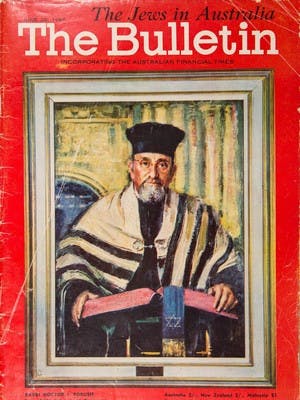
Wep won two other Archibalds, for portraits of newspaperman Roy Walker (1958) and fellow artist Lloyd Rees (1968).
But it is his depiction of Rabbi Porush which is now back in the news.
Why? Because it was selected by curator Natalie Wilson for the Art Gallery of NSW’s current exhibition Archie 100: A Century of the Archibald Prize.
It also features in the final episode of ABC’s new three-part series, Finding The Archibald, which follows actress Rachel Griffiths’ “cultural and reflective romp” to find one portrait from a century of Archibald history that “encapsulates the changing face of Australia” from 1921 to 2021. That episode will be broadcast on June 29.
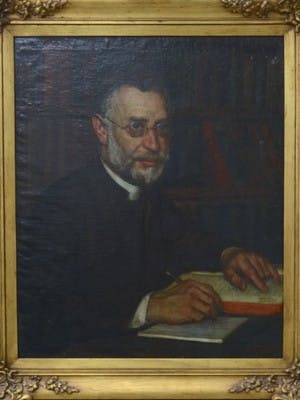
Prague-born Jana Vytrhlik is curator at the Great Synagogue Sydney, where Wep’s portrait of Rabbi Porush is usually located. She points out that although Porush was the first - and only - rabbi to feature in a portrait that won the Archibald, he was not the first rabbi to be painted.
Indeed, a portrait of Rabbi Francis Lyon Cohen by Joseph Wolinski featured in the inaugural Archibald in 1921.
Ten years later, the same artist submitted a portrait of Cohen’s successor - his father, Rabbi Abraham David Wolinski.
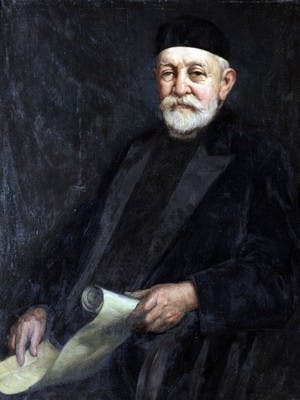
A 1940 portrait of Rabbi Leib Aisack Falk also won through to the actual exhibition. This time the artist made waves through the fact that Valerie Lazarus was one of Australia’s first Jewish women artists.
“Valerie painted prominent Jewish personalities and was an Archibald regular from the 1930s,” Jana Vytrhlik says.
All these works usually feature in the Great Synagogue Sydney’s AM Rosenblum Jewish Museum collection, along with a changing display of Jewish textiles, ritual silver and paintings.
“Portraiture traditionally never figured in Jewish culture,” Jana explains. “Rembrandt is credited with being the first famous artist to paint Amsterdam’s Sephardic trading community in the 17th century.”
By 1900, however, Jewish artists and their subjects were happier to be embraced by mainstream Australia.
Of course, it’s ironic that the Archibald Prize’s founder - JF Archibald, founding editor-publisher of The Bulletin and a racist whose final years were spent in a lunatic asylum - has funded an annual competition which, however belatedly, has charted our nation’s transformation into one of the world’s most successful culturally diverse societies.
Only three Jewish artists have won the Archibald: all are women.
Cassab - born Judit Kaszab in Vienna - was the first woman to win the Archibald twice, for her portraits of fellow artists Stan Rapotec (1960) and Margo Lewers (1967).
Wendy Sharpe - descended from Ukrainian-born Jews - won for her voluptuous self-portrait, Diana of Erskineville in 1996.
The third is Yvette Coppersmith, who famously wanted to paint New Zealand prime minister Jacinda Ardern for the 2018 Archibald but was knocked back.
Instead, Coppersmith created a self-portrait, referencing Ardern and the 18th century British artist, George Lambert. which was awarded the prize.
On the day of her elevation to Archibald glory - only the 10th woman to win - Coppersmith received an urgent call. Thinking it was from her mother, the artist answered while live on radio.
It was Adern, congratulating Coppersmith on picking a much more deserving subject.
2021 Archibald and Archie 100: A Century of the Archibald Prize, Art Gallery of NSW, until Sept 26
AM Rosenblum Jewish Museum collection, Great Synagogue, Sydney: greatsynagogue.org.au.
Finding The Archibald, 8.30pm, Tuesday June 22 and 29 on ABC and ABC iview
Main image: William Edwin Pidgeon, Rabbi Dr I Porush, 1961, oil on canvas, 95 x 69 cm, The Great Synagogue, Sydney (left); photo of Rabbi Porush that Pidgeon's painting was based on (courtesy Duncan Miller Gallery)
